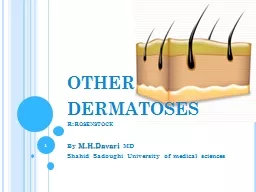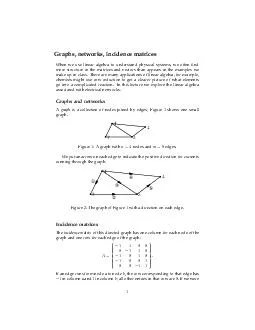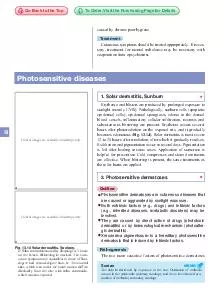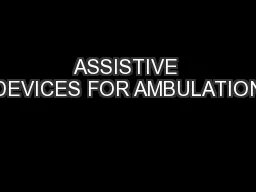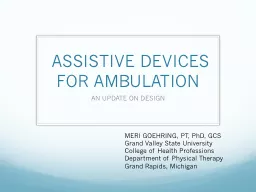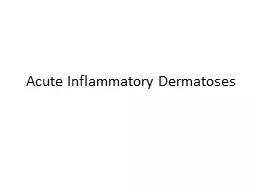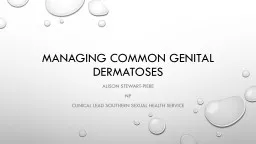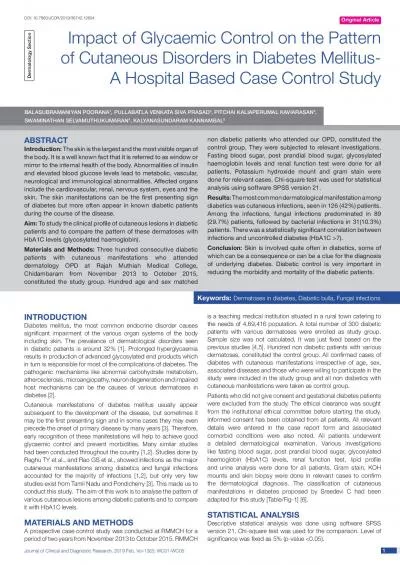PPT-o ther dermatoses R:Rosenstock
Author : faustina-dinatale | Published Date : 2020-04-04
By MHDavari MD Shahid Sadoughi University of medical sciences 1 Workrelated health problems as reported by UK occupational physicians during 1996 Problem Musculoskeletal
Presentation Embed Code
Download Presentation
Download Presentation The PPT/PDF document " o ther dermatoses R:Rosenstock" is the property of its rightful owner. Permission is granted to download and print the materials on this website for personal, non-commercial use only, and to display it on your personal computer provided you do not modify the materials and that you retain all copyright notices contained in the materials. By downloading content from our website, you accept the terms of this agreement.
o ther dermatoses R:Rosenstock: Transcript
Download Rules Of Document
" o ther dermatoses R:Rosenstock"The content belongs to its owner. You may download and print it for personal use, without modification, and keep all copyright notices. By downloading, you agree to these terms.
Related Documents

